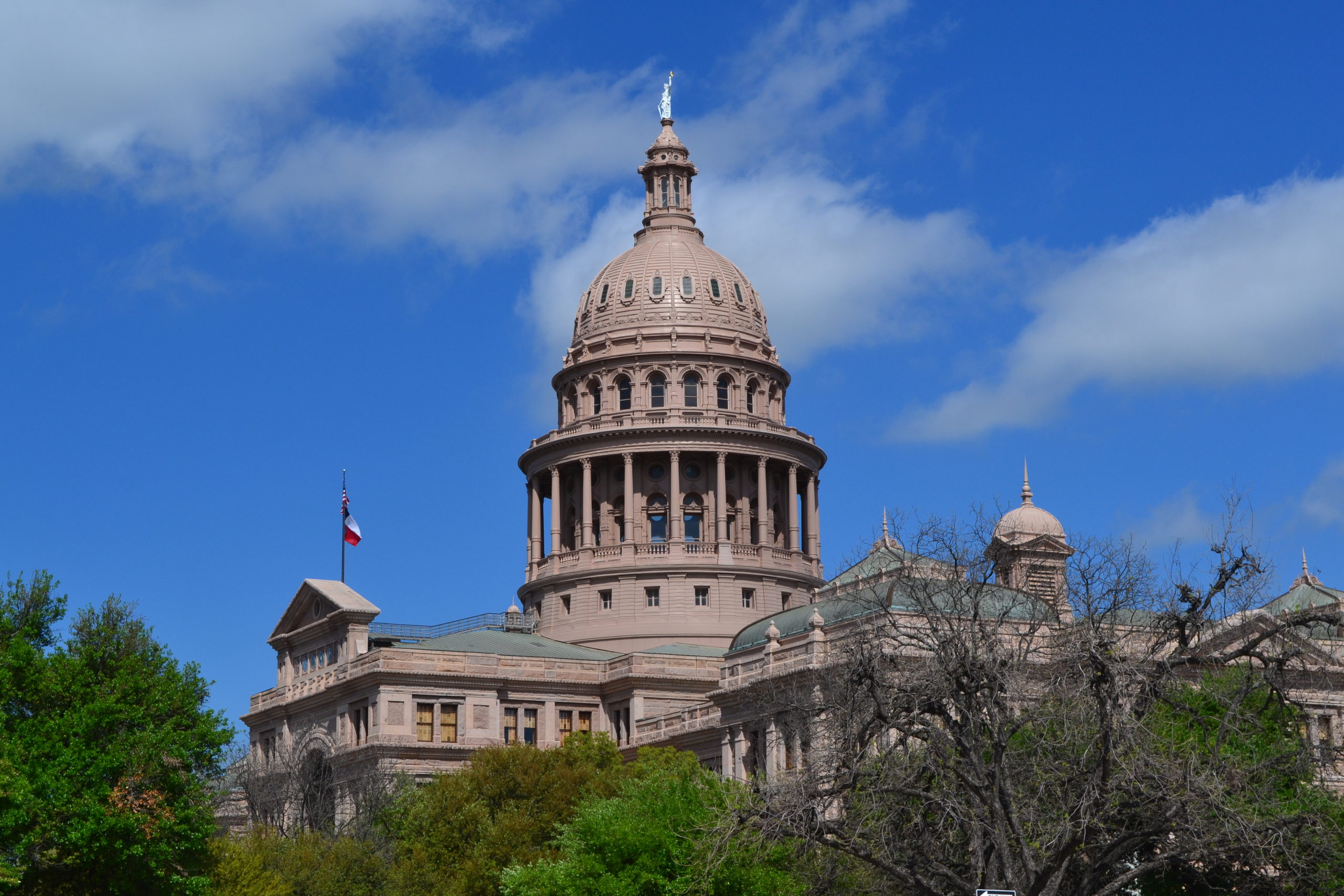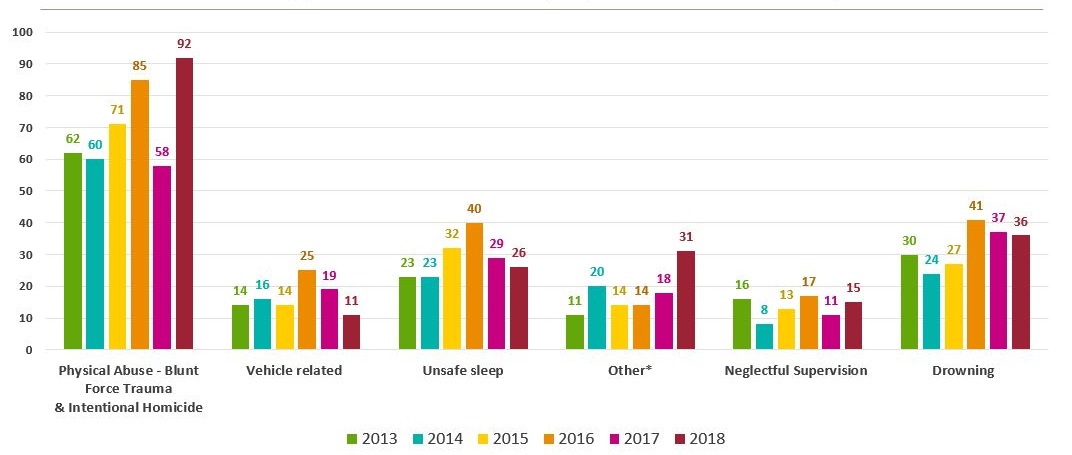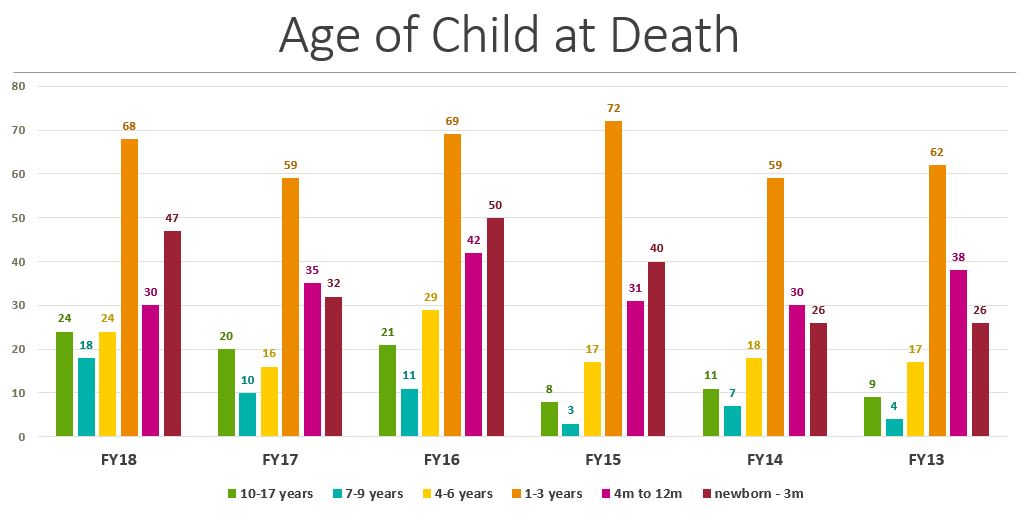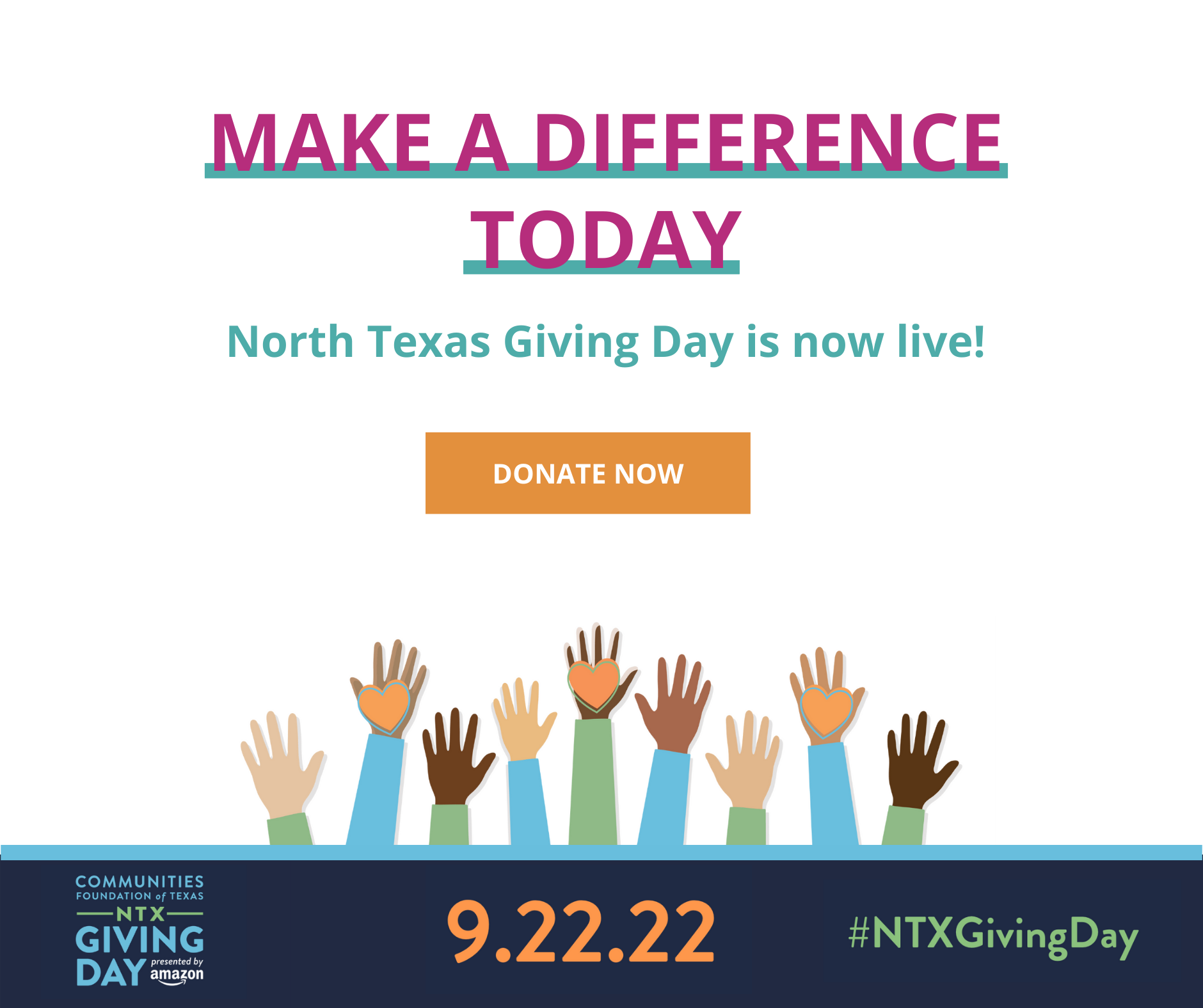The 86th Texas Legislative Session is now history – lawmakers gaveled out to finish the session on May 27.
While this session did not see child protection take center stage the way it did two years ago (when Governor Greg Abbott named it an emergency priority), there was nonetheless important work to be done. At the beginning of the session, TexProtects laid out our top priorities, and we’re happy to report that we were successful on most of them … and made great strides forward even on issues that didn’t result in bill passage.
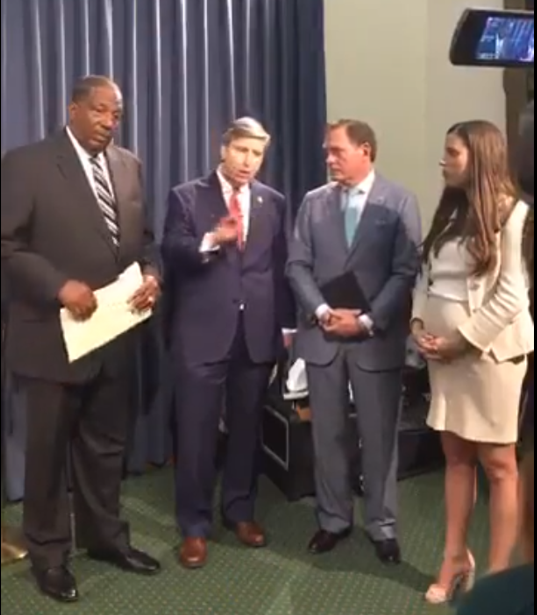
As with every legislative session, it was a long and challenging 140 days, and we could not have done it without your help.
For our part, we provided 16 written and oral testimonies before legislative committees, registered support for 117 bills, and made 461 visits to the lawmakers’ offices.
That was bolstered by you: In response to the 12 advocacy alerts we sent out, you sent a total of 13,189 emails to lawmakers. Nothing gets a lawmaker to take action quicker than an email, call or office visit from the Texans they represent! Thank you!
Here’s our round-up of what happened with our top-priority bills:
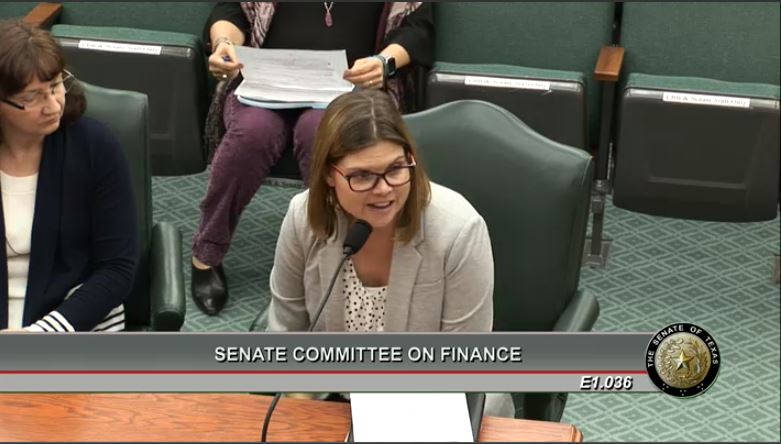
Priority: Strengthen investments in community-based, primary child abuse prevention programs for children in their most critical neurodevelopmental years
Result: $4.3 million more in funding for Nurse-Family Partnership (NFP) and HOPES (Healthy Outcomes through Prevention and Early Support)
Attaining and maintaining legislative support for evidence-based home visiting and other family support programs is at the core of TexProtects’ mission, and yet again, we were able to reach lawmakers and convince them of how crucial it is to increase state investments.
However, this was a mixed success. While investments did increase, they were not at a level that we believe will result in meaningful change statewide. The Department of Family and Protective Services requested an additional $15.5 million and TexProtects was even bolder, asking that investments be bumped up by $30.5 million between NFP and HOPES.
In the end, HOPES only received an additional $1.5 million and NFP got an extra $2.9 million. (Please note: TexProtects does not receive any of this funding. We are an independently funded nonprofit.)
This is actually better than it could have been. The Senate’s original budget proposal added only $2 million for NFP and $0 for HOPES. However, thanks to action you took in response to our advocacy alerts, the conference committee tasked with reconciling the differences between the House and Senate versions of the budget settled on the higher amounts.
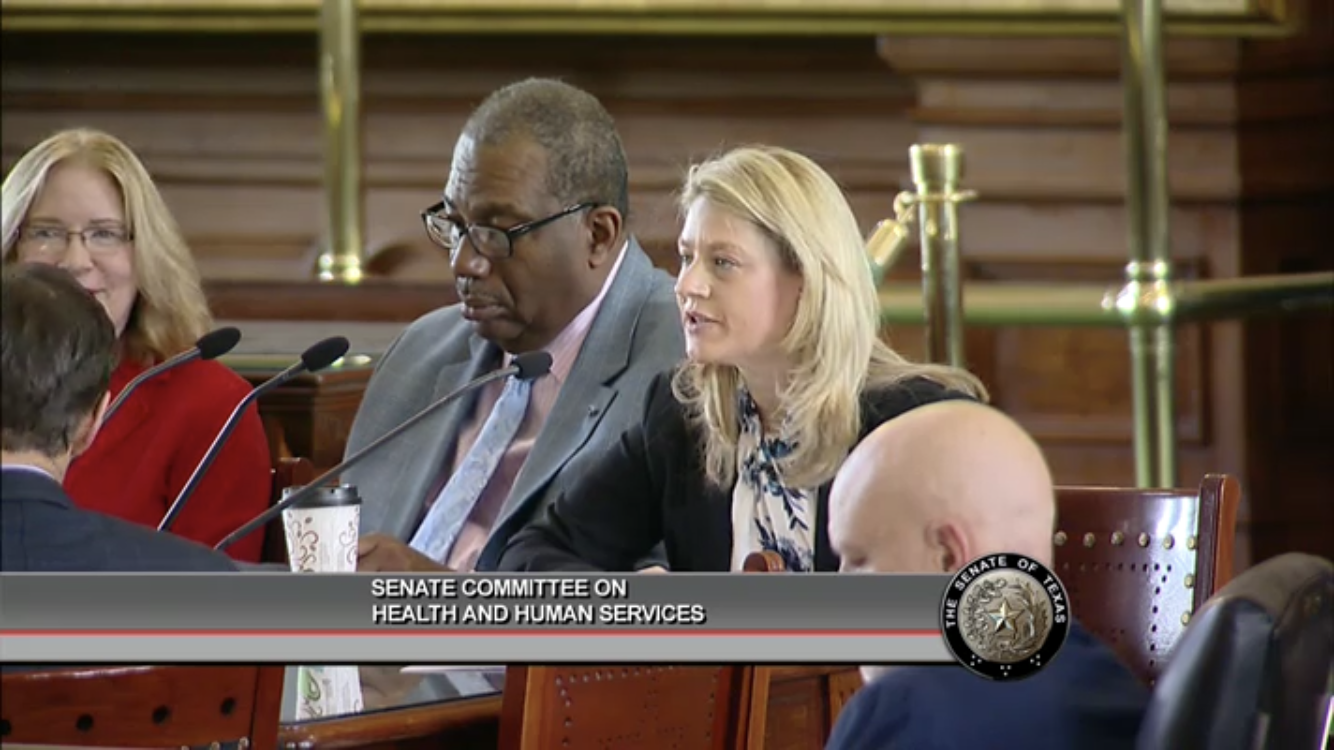
Priority: Create a Texas strategy (via Senate Bill 355) to leverage funds from the federal Family First Prevention Services Act, thus improving coordination and effectiveness of services for children at risk of entering foster care
Result: Passage – sent to the Governor on May 26 UPDATE: will become law without Governor’s signature
When Congress passed (and the president signed into law) the Family First Prevention Services Act in 2018, it signaled a landmark shift in funding priorities for child protection. For the first time, states can take funds previously reserved only for foster care (in other words, after a family has fallen into a bad situation) and now invest them in prevention services (before a family reaches a crisis).
Although the DFPS could have begun leveraging Family First as early as September, the Department decided to hold off until September 2021. Family First places limits on what kinds of programs are eligible for funding and requires a written plan for implementation.
SB 355 authorizes the development of that strategy, and the delay will allow DFPS to build up the eligible programs.
Priority: Integrate trauma- and grief-informed practices into the school environment (via House Bill 18)
Result: Passage – sent to the Governor May 17 UPDATE: Signed by Governor Abbott, effective on December 1
HB 18 will institute training to educate school staff on the impact of trauma and empower them with practical tools to ensure that children who have a trauma history feel safe and connected at school and are able to engage productively in the classroom. Implementing trauma informed strategies can increase academic and behavioral outcomes for all students and minimize the likelihood that they will be dependent on state programs later in life. Thanks to lead author Rep. Four Price and Senate sponsor Kirk Watson for this proactive legislation.
Priority: Make available proper information to pregnant and parenting foster youth on providing safe environments for their children (via HB 475)
Result: Passage – sent to the Governor May 29 UPDATE: Signed by the Governor, effective on September 1
Foster youth who become or are about to become parents may have limited access to parenting education resources. Such a lack of information can perpetuate the cycle of child abuse and neglect. This bill directs DFPS to ensure that such youth receive information about safe sleeping arrangements, childproofing the home, methods to cope with challenging behaviors and similar parenting skills. Thanks to author Rep. Donna Howard and Senate sponsor Kirk Watson.

Priority: Develop and implement a statewide strategic plan to address causes and symptoms of Adverse Childhood Experiences (ACEs), via House Bill 4183
Result: House passage, left pending in Senate Health and Human Services Committee
Increasing awareness of Adverse Childhood Experiences and the lifelong damage they can cause to both mental and physical health – as well as strategies to mitigate or prevent such damage, building resiliency in children and families – was a major priority for TexProtects this session.
We did accomplish that through a well-received press conference at the beginning of this session and in one-on-one interactions with legislators and their staff, but ultimately, we were unsuccessful in final passage of HB 4183, Rep. Tan Parker’s bill that would have implemented a cross-systems strategy for tackling ACEs.
Thanks especially to emails that you sent, HB 4183 enjoyed solid support in the House, passing on a 131-14 vote. However, once in the Senate, the bill became stuck in the Senate Health and Human Services Committee. While frustrating, it’s important to acknowledge a great truth about the Texas legislative system – it is designed to kill bills, not pass them, and there are numerous hurdles along the way.
It is not unusual for bold ideas, no matter how good they may be, to take multiple sessions before finally becoming law. We are grateful for the staggering amount of work that Rep. Parker put into crafting and shepherding this legislation through the House, and to Sen. Charles Perry for sponsoring it in the other chamber. This effort only strengthens our resolve to educate the public and lawmakers on the science of Adverse Childhood Experiences.
Thanks again for your support this session, and we look forward to hearing from you as we develop an agenda for the 87th Texas Legislature.



